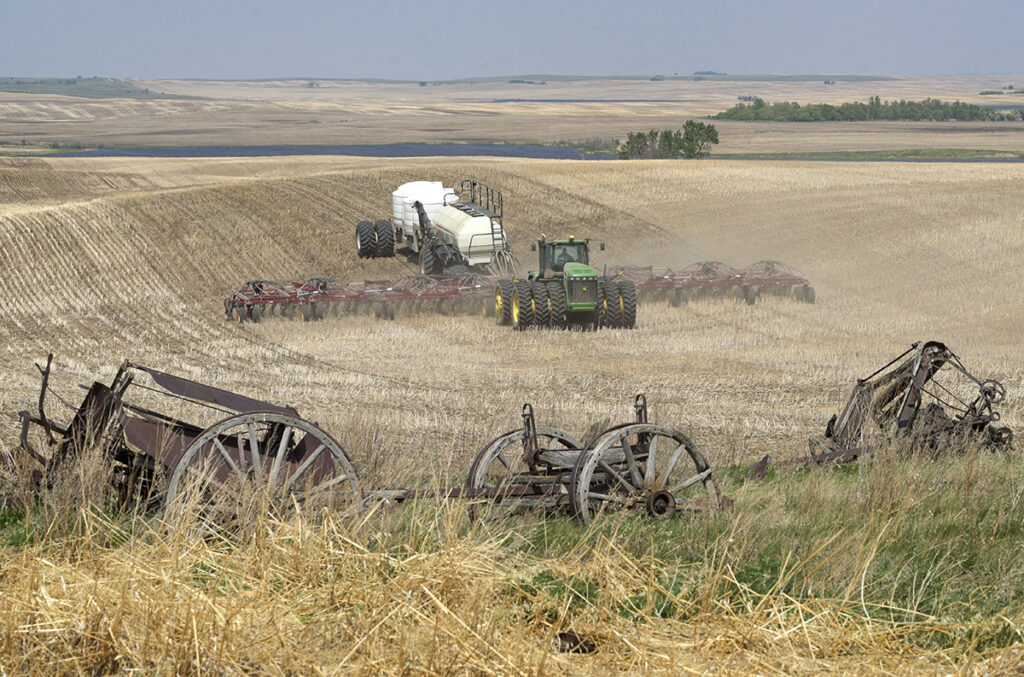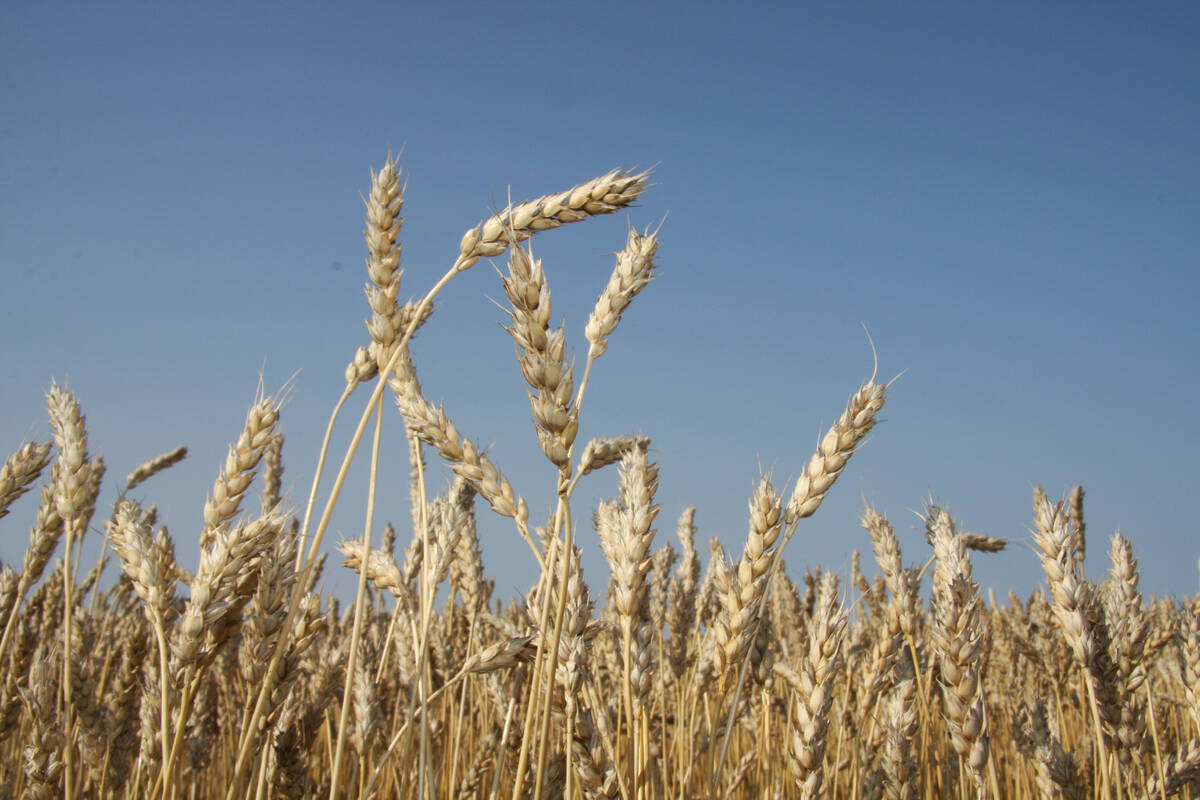Seeding time brings back many memories from past decades

My dad passed away back in 1986. He was in his late 60s, about the same age as I am now. Thinking back to how seeding was done in the 1970s and 1980s is an interesting trip down memory lane.
The first seeder I remember us having was an 18-foot discer (one-way). For years, he filled the seeder boxes by hand with a half-bushel pail.
The front tire of the tractor in the furrow meant the discer tire was also in the furrow. Since the implement pulled at an angle, you were actually discing something less than 18 feet.
Read Also


Activists lie about Green Revolution’s success
In the past few years, many environmental and academic activists have been undermining the work of Norman Borlaug and the successes of the Green Revolution by publishing false information.
The discer went round and round, leaving one last furrow in the middle of the field. The corners had to be worked separately, leaving a furrow path in each corner. So much soil was moved over the years that big discer ridges built up along field lines.
Fertilizer use was sparse. I recall the first fertilizer coming in bags, which were dumped by hand. In those days, half the land was summer fallowed each year, and production relied on the natural fertility of the soil.
My job as a pre-teen and then teenager was to harrow the fields after seeding. The 35-foot diamond tooth harrow didn’t actually move much soil, but it smoothed the finish a bit and covered in the corner and centre furrows.
I spent many long hours harrowing fields with an open cab tractor, my favourite being a 720 John Deere.
You wanted to pick your field angle to stay out of the dust as much as possible. Sometimes you baked in the sun and sometimes you froze.
You could add a five-gallon pail of diesel after supper to carry you through until dark.
By the time he passed, my dad had upgraded to a set of tandem 15-foot Massey discers and a 40-foot Flexi-coil packer harrow bar. The discers were no longer filled by hand. He had a drill fill mounted in the box of a grain truck.
Today, all the land is seeded every year, and many of the fields are monstrous by 1980s standards. My dad would not recognize most of the crops we now grow.
The seeding tractor has power shift, climate control and an air ride seat. GPS guidance limits overlap, keeping seeding lines as straight as an arrow. This was the stuff of science fiction in my father’s time.
It wasn’t until the mid-1990s that the first cellphones were available. They were large and clunky and coverage was limited. Up until that time, most tractor operators had no connection with home base or other workers, let along the outside world.
Today, I can text a pin to a trucker coming to the farm and he or she will send back a Google Earth image of the farm to confirm the correct location.
When talking to an equipment dealership, I can text a photo of the part I need. In turn, the parts person can text or email schematics.
For people working with me, I can phone or text from most locations on the farm.
My newest trick is to use voice-to-text. Although the translation isn’t perfect, I can explain more fully. I don’t type texts at the speed my kids do.
The size and complexity of today’s equipment would astound anyone from the 1980s. However, I still have a couple tandem grain trucks in use that are 1970s vintage, so not everything from back then is obsolete.
Kevin Hursh is an agricultural journalist, consultant and farmer. He can be reached by e-mail at kevin@hursh.ca.
Source: producer.com


